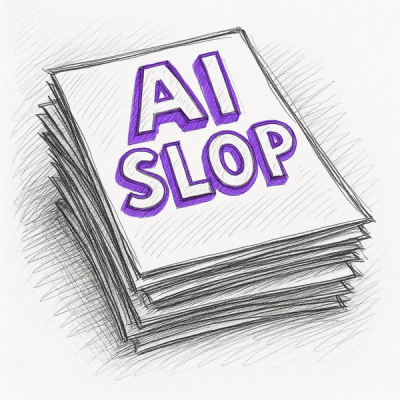
Security News
Official Go SDK for MCP in Development, Stable Release Expected in August
The official Go SDK for the Model Context Protocol is in development, with a stable, production-ready release expected by August 2025.

![]()
PyDM is a PyQt-based framework for building user interfaces for control systems.
The goal is to provide a no-code, drag-and-drop system to make simple screens,
as well as a straightforward Python framework to build complex applications.
« Explore PyDM docs and tutorials »
Report bug
·
Request feature
·
How to Contribute
·
Support
PyDM project uses the qtpy as the abstraction layer for the Qt Python wrappers (PyQt5/PyQt4/PySide2/PySide). All tests are performed with PyQt5.
Note: If you'd like to use Qt Designer (drag-and-drop tool to build interfaces) you'll need to make sure you have the PyQt plugin for Designer installed. This usually happens automatically when you install PyQt from source, but if you install it from a package manager, it may be left out.
Python package requirements are listed in the requirements.txt file, which can be used to install all requirements from pip: 'pip install -r requirements.txt'
In order to run the tests you will need to install some dependencies that are not part of the runtime dependencies of PyDM.
Assuming that you have cloned this repository do:
pip install -r dev-requirements.txt
python run_tests.py
If you want to see the coverage report do:
python run_tests.py --show-cov
There are various examples of some of the features of the display manager. To launch a particular display run 'python scripts/pydm '.
There is a 'home' display in the examples directory with buttons to launch all the examples:
pydm examples/home.ui
In order to build the documentation you will need to install some dependencies that are not part of the runtime dependencies of PyDM.
Assuming that you have cloned this repository do:
pip install -r docs-requirements.txt
cd docs
make html
This will generate the HTML documentation for PyDM at the <>/docs/build/html
folder. Look for the index.html file and open it with your browser.
Documentation is available at http://slaclab.github.io/pydm/. Documentation is somewhat sparse right now, unfortunately.
pydm widgets are written in Python, and are loaded into Qt Designer via the PyQt Designer Plugin. If you want to use the pydm widgets in Qt Designer, add the pydm directory (which holds designer_plugin.py) to your PYQTDESIGNERPATH environment variable. Eventually, this will happen automatically in some kind of setup script.
git clone https://github.com/slaclab/pydm.git
cd pydm
pip install .[all]
When using Anaconda to install PyDM at a Linux Environment it will automatically define the PYQTDESIGNERPATH environment variable pointing to /etc/pydm which will have a file named designer_plugin.py which will make all the PyDM widgets available to the Qt Designer. For more information please see our installation guide.
FAQs
A PyQt-based framework for building user interfaces for control systems
We found that pydm demonstrated a healthy version release cadence and project activity because the last version was released less than a year ago. It has 6 open source maintainers collaborating on the project.
Did you know?

Socket for GitHub automatically highlights issues in each pull request and monitors the health of all your open source dependencies. Discover the contents of your packages and block harmful activity before you install or update your dependencies.

Security News
The official Go SDK for the Model Context Protocol is in development, with a stable, production-ready release expected by August 2025.

Security News
New research reveals that LLMs often fake understanding, passing benchmarks but failing to apply concepts or stay internally consistent.

Security News
Django has updated its security policies to reject AI-generated vulnerability reports that include fabricated or unverifiable content.